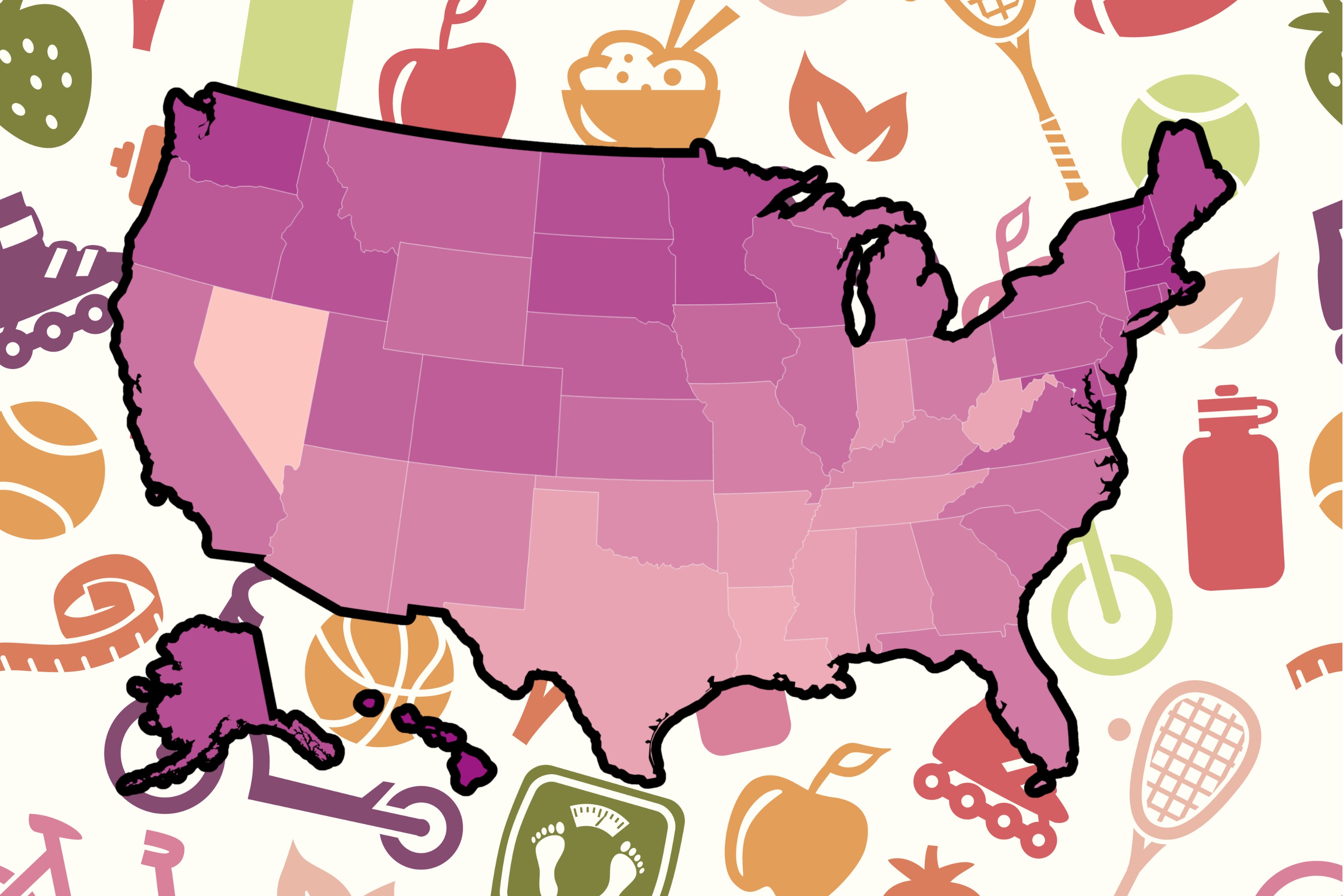According to a recent study conducted by fitness company BarBend, Hawaii has been crowned the healthiest state in the United States. The rankings were determined by assessing various structural and environmental factors.
The study took into account elements like healthcare access, air pollution, food prices, and the overall well-being of residents, including their nutrition and fitness habits.
Following Hawaii, New England states performed impressively, with New Hampshire, Vermont, and Massachusetts all landing in the top five.
On the flip side, Southern states such as Mississippi, Texas, Louisiana, and West Virginia found themselves at the bottom of the list.
Dr. Raj Dasgupta, the spokesperson for the study, commented, “This research highlights how our surroundings, healthcare accessibility, and personal choices intertwine to influence our health. As a medical professional, I see potential for this data to shape improved public health strategies tailored to different communities nationwide.”
The findings showed that Northeastern states excelled in healthcare access, benefiting from a wide range of health services and substantial public health funding.
While Midwestern states may not have ranked well overall, residents reported feeling good about their physical and mental health, with South Dakota, North Dakota, Minnesota, and Nebraska among the top states for self-reported well-being.
Western states shined in areas such as nutrition and low pollution levels, while Colorado and Utah particularly excelled in fitness.
The top states for adopting a healthy lifestyle were Hawaii, New Hampshire, Vermont, Massachusetts, Washington, Connecticut, Alaska, Maine, Minnesota, and Maryland.
All top five states had commendable scores for clean air and lower environmental pollution levels. Hawaii stood out for its excellent healthcare access and exceptional nutrition, boasting the lowest rate of sugar-sweetened beverage consumption in the country, although it didn’t score as high for fitness.
New Hampshire claimed the second spot thanks to affordable and accessible food options, with adults spending only 9.9% of their income on food—well below the national average—and a mere 6.1% of the state classified as a food desert.
A food desert refers to areas where residents struggle to find fresh and healthy food options.
The states with the lowest scores included Nevada, Louisiana, West Virginia, Texas, Mississippi, Indiana, Arkansas, Tennessee, Alabama, and Oklahoma, primarily due to poor healthcare access.
In Texas, for instance, health insurance coverage was the lowest nationwide, making mental healthcare harder to obtain. Meanwhile, Mississippi dealt with a staggering 29.8% of its area classified as food desert, paired with a lack of physical activity among its residents.
Nevada landed at the bottom due to below-average ratings across all categories: environmental pollution, healthcare access, and healthy food availability.
BarBend assessed each state’s ranking based on five key categories, each weighted equally to reflect structural and individual factors. These categories were healthcare access, baseline health status, a healthy environment, healthy nutrition behaviors, and healthy activity behaviors.
The study utilized data from various reputable sources including the U.S. Centers for Disease Control and Prevention, the U.S. Environmental Protection Agency, and more.
